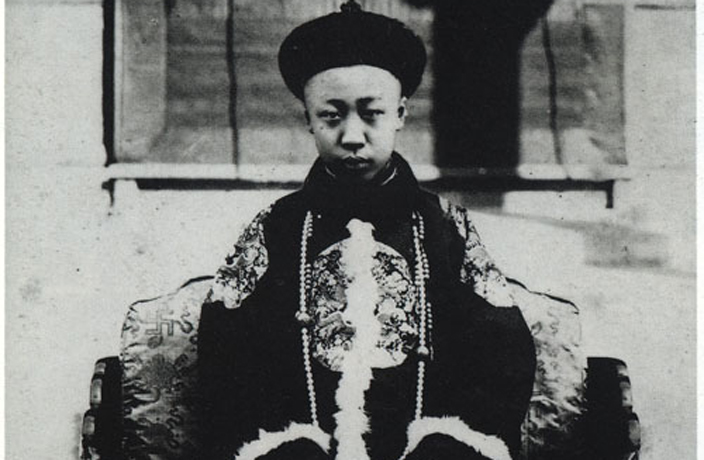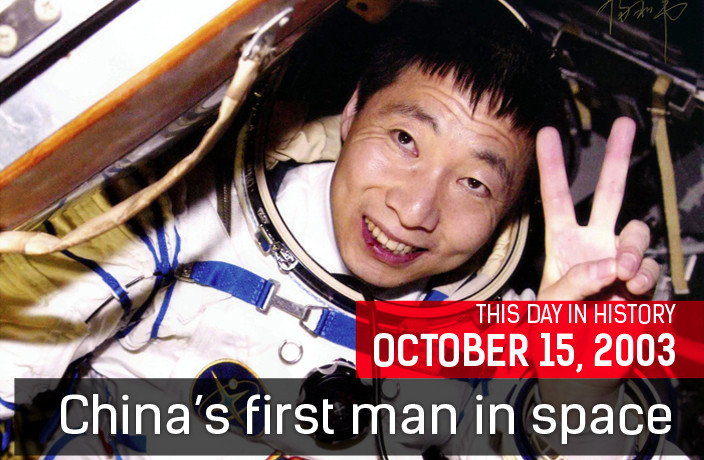Move over Lara Croft, China has its own gang of tomb raiders, and they’re aiming big and getting (meta)physical.
The opportunities aren’t lacking: as one of the world’s earliest civilizations, China is awash with cultural relics. The country’s fervor for rapid urbanization has seen city’s expand outwards, leading to the discovery of many new tombs – especially in Beijing’s outermost areas. Earlier this year, an enormous thousand year old tomb complex was unearthed in Daxing district, during a routine site check for a planned residential complex. While, last month, archaeologists stumbled upon a 2,000-year-old tomb complex – made up of over 100 tombs across six hectares of land – in Xinjiang.
The problem is that archaeologists aren’t the only ones digging. Tomb raiding in China is as old as the tombs themselves (approximately 4,000 years). But it’s the scale, frequency, and creativity employed, which have authorities on high alert. Though most tomb raiding is carried out by ill-equipped local farmers, professionals are moving in. The increasingly lucrative nature of tomb raiding has seen teams of professional antique thieves employing feng shui, mineral prospecting, and even crooked archaeologists, to steal millions of dollars’ worth of antiquities from China’s ancient tombs.
Last month saw the arrest of 175 people in a large-scale nationwide crackdown on professional tomb-raiding. The operation involved more than 1,000 police officers across six provinces and resulted in the recovery of 1,168 cultural relics worth more than RMB500 million, according to the Ministry of Public Security.
Among those arrested were an elite archeology gang suspected of conducting illegal excavations in Niuheliang, a Neolithic site in Lingyuan province, in what the Ministry of Public Security has since called the biggest antiquities trafficking case since the founding of the People’s Republic in 1949.
According to reports, a main suspect in the sting, surnamed Yao, was able to look at a site and determine the best place to dig using his innate sense of feng shui.
The past few years have seen an increase in surveillance and additional resources devoted to tracing offenders. Still, these efforts don’t exactly solve the main issue, namely the enormous profits at stake.
China’s antiquities market has seen a boom in the past decade – driven in part, by rising domestic wealth. In line with the contemporary art market, historical artifacts are now considered something of an investment opportunity among wealthy Chinese, whose hunger for desirable Ming-era treasures is helping to fuel a thriving black market.
So, while your RMB100 vase from the Panjiayuan antiques market may not exactly be a priceless piece of Ming Dynasty ceramic, it’s at least something to consider next time you’re bargaining.






















0 User Comments